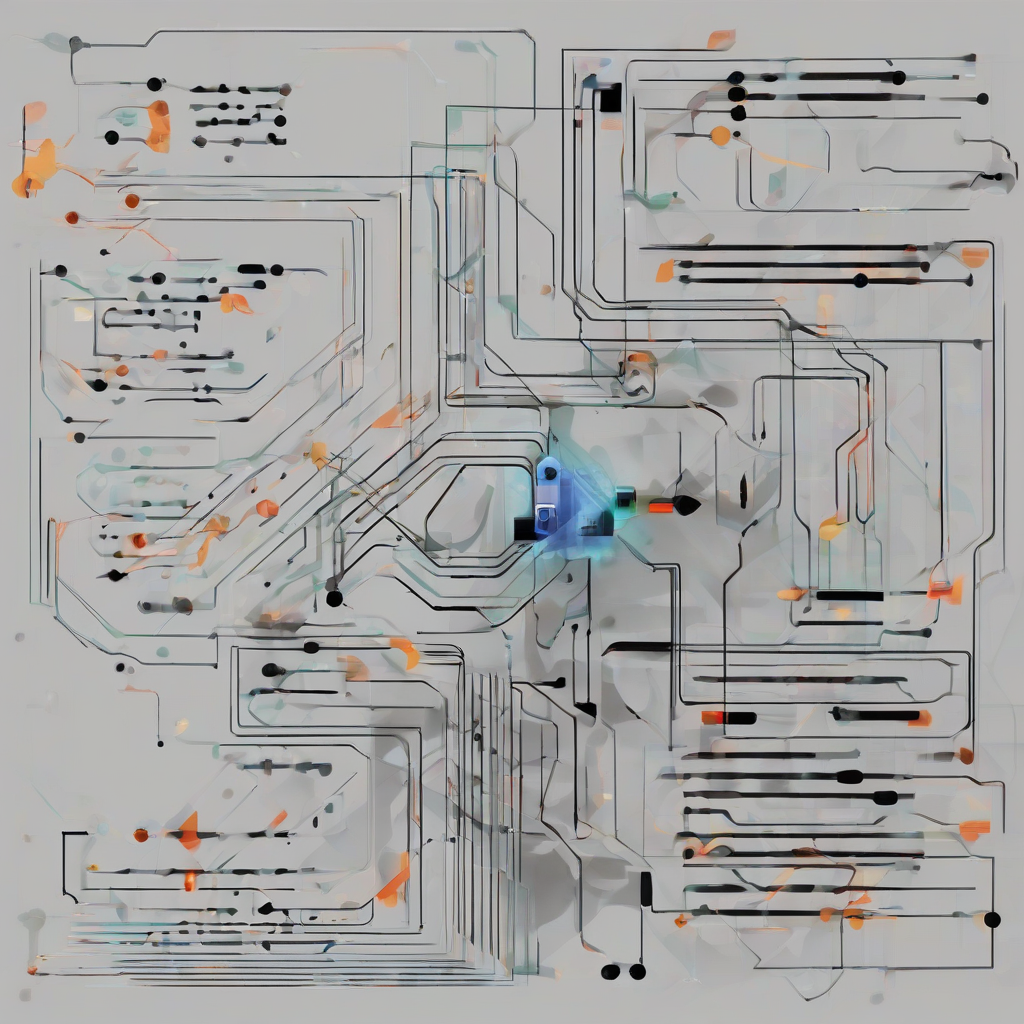Unlocking a World of Opportunity: A Comprehensive Guide to a Master’s Degree in Biomedical Science
Unlocking a World of Opportunity: A Comprehensive Guide to a Master’s Degree in Biomedical Science
A Master’s degree in Biomedical Science opens doors to a diverse and rapidly evolving field, offering specialized knowledge and advanced skills highly sought after in academia, industry, and research. This comprehensive guide explores the intricacies of this rewarding educational path, covering program structures, career prospects, application processes, and crucial considerations for prospective students.
Program Structures and Specializations
Biomedical science master’s programs vary significantly in their structure and focus. Some are research-intensive, emphasizing laboratory work and thesis projects, while others offer a more coursework-based approach with a focus on specific applications. The duration typically ranges from 1 to 2 years, depending on the program’s intensity and requirements.
- Research-Oriented Programs: These programs heavily involve independent research projects, culminating in a comprehensive thesis. Students gain extensive hands-on experience in laboratory techniques, data analysis, and scientific writing. These programs are ideal for those aspiring to careers in academia or research-intensive industries.
- Coursework-Oriented Programs: These programs emphasize a broader range of coursework, providing a strong foundation in various biomedical disciplines. They often incorporate practical training through internships or capstone projects. These programs are suitable for students seeking a versatile skillset applicable across different career paths.
- Specialized Tracks: Many programs offer specialized tracks or concentrations, allowing students to focus on specific areas of interest. Common specializations include:
- Genomics and Bioinformatics: Analyzing genetic data using computational tools.
- Immunology: Studying the immune system and its role in disease.
- Neuroscience: Investigating the structure and function of the nervous system.
- Pharmacology and Toxicology: Exploring the effects of drugs and other substances on the body.
- Cell and Molecular Biology: Studying the structure and function of cells and molecules.
- Biotechnology: Utilizing biological systems for technological applications.
- Biomedical Engineering: Combining engineering principles with biological systems for medical applications.
Career Prospects and Job Opportunities
A Master’s in Biomedical Science provides a significant advantage in a competitive job market. Graduates are highly sought after in a variety of sectors, including:
- Academia: Many graduates pursue careers in research, teaching, or postdoctoral studies at universities and research institutions.
- Pharmaceutical and Biotechnology Industries: Opportunities abound in research and development, quality control, regulatory affairs, and clinical trials.
- Medical Device Companies: Graduates contribute to the design, development, and testing of medical devices.
- Government Agencies: Roles exist in regulatory agencies, public health organizations, and research funding bodies.
- Hospitals and Clinical Laboratories: Opportunities for clinical research, laboratory management, and specialized diagnostic testing.
- Bioinformatics and Data Science: Analyzing large biological datasets to uncover insights and drive discovery.
Application Process and Requirements
The application process typically involves submitting:
- Transcripts: Official academic records from previous institutions.
- Letters of Recommendation: Strong recommendations from professors or supervisors familiar with your academic abilities and research potential.
- Statement of Purpose: A compelling essay outlining your research interests, career goals, and reasons for applying to the program.
- GRE Scores (sometimes required): Standardized test scores that assess verbal reasoning, quantitative reasoning, and analytical writing skills. Many programs are now waiving GRE requirements.
- Curriculum Vitae (CV): A comprehensive summary of your educational background, research experience, publications, and presentations.
Specific requirements vary significantly among universities and programs. It’s crucial to carefully review the individual program guidelines for accurate and up-to-date information.
Funding Opportunities and Financial Aid
Pursuing a Master’s degree can be financially demanding. Fortunately, various funding opportunities are available to support students:
- Scholarships and Fellowships: Many universities and organizations offer scholarships and fellowships based on academic merit, research potential, and financial need.
- Teaching Assistantships (TAs): These positions involve assisting professors with teaching responsibilities in exchange for tuition remission and a stipend.
- Research Assistantships (RAs): These positions involve working on research projects under the supervision of a faculty member, providing valuable research experience and financial support.
- Loans: Student loans from government agencies and private lenders can help cover tuition and living expenses.
Prospective students should actively research and apply for various funding options to minimize their financial burden.
Choosing the Right Program
Selecting the right Master’s program is crucial for a successful and fulfilling educational experience. Consider these factors:
- Program Focus and Specializations: Align the program’s specializations with your career goals and research interests.
- Faculty Expertise: Research the faculty’s research interests and publications to ensure alignment with your own.
- Research Facilities and Resources: Access to state-of-the-art equipment and resources is essential for successful research.
- Career Services and Networking Opportunities: Programs with strong career services and networking opportunities can significantly benefit your job search.
- Location and Campus Culture: Consider the program’s location and campus environment to ensure a positive and supportive learning experience.
- Program Reputation and Accreditation: Research the program’s reputation and ensure that it’s accredited by a relevant professional organization.
Beyond the Degree: Continuing Education and Professional Development
A Master’s degree is often a stepping stone to further advancement. Many graduates pursue:
- Doctoral (PhD) Programs: A PhD is required for many academic and research-intensive positions.
- Postdoctoral Fellowships: These positions provide advanced training and research experience after completing a PhD.
- Professional Certifications: Specialized certifications can enhance skills and marketability.
- Continuing Education Courses: Staying current with advances in the field is essential for career progression.
Continuous learning and professional development are vital for maintaining competitiveness in this dynamic field.
The Future of Biomedical Science
Biomedical science is a rapidly evolving field with immense potential to transform healthcare and improve human lives. Emerging trends include:
- Personalized Medicine: Tailoring medical treatments to individual patients based on their genetic makeup.
- Genomics and CRISPR Technology: Developing gene-editing technologies for disease treatment and prevention.
- Artificial Intelligence (AI) in Healthcare: Utilizing AI for drug discovery, disease diagnosis, and personalized treatment plans.
- Bioinformatics and Big Data Analytics: Analyzing massive datasets to identify disease patterns and develop new therapies.
- Regenerative Medicine: Developing treatments to repair or replace damaged tissues and organs.
A Master’s degree in Biomedical Science provides a strong foundation for participating in and shaping these exciting advancements.
Conclusion (Omitted as per instructions)




